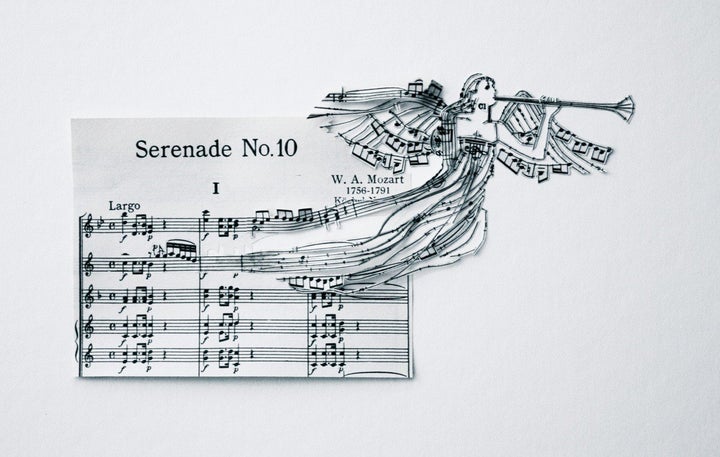

An EWI (pronounced EE-WEE), is not a genetically engineered cross between an emu and a kiwi, as the name suggests, but rather, a musical instrument, and a very cool one at that.
EWI stands for Electronic Wind Instrument and though these have been around for many years, there have been some significant improvements -- in particular, to the EWI 4000s by Akai, which I own. The most amazing and wonderful aspect of the 4000s is that it is a stand-alone instrument. It doesn't require a computer and runs on four AA batteries. It has 100 on-board sounds, so you can just plug in some headphones and start playing. This is awesome because you can practice anywhere, anytime without disturbing a soul, even if you live in a cupboard under the stairs.
The EWI fingering and tuning can be set for different instruments like flute, sax, oboe or recorder, and feels a lot like playing a sax except for changing octaves; that is totally different. With traditional acoustic wind instruments you change octaves by adjusting your embouchure (mouth shape) and breath intensity, but with the EWI, your left hand thumb slides up and down rollers. That takes some getting used to and when I first started, I found this really tricky, but with practice it becomes second nature.
The EWI is capable of much more expression than acoustic instruments, which may be as surprising to you as it was to me. Advanced EWI players (which I am not) can take full advantage of these features to achieve astonishing levels of expression:
- Pitch bend with the right thumb (like a guitarist bending a string)
- Vibrato by squeezing the mouth piece with your teeth (like a reed instrument)
- Breath intensity changes timbre (it sounds different the harder you blow)
- Glissando strip on the left thumb along with the octave rollers (like a trombone)
- Volume adjust and instrument change button near your right hand (as with percussion because the timbre doesn't change, just the volume)
- Five-octave range (a sax has two-and-a-half-octave range)
- A few extra keys (lets you play tricky passages beyond that of other wind instruments)
- A little control panel that allows you to fine tune your instrument's pitch, attack, decay, reverb, and midi parameters (all kinds of possibilities like guitar effects pedals and processors)
The one downside to all these amazing options is you can get lost in just honking and giggling at the crazy sounds, pressing some more buttons, honking and giggling some more. After my initial fascination with this, I soon settled into a hand full of sounds and effects.
There are no on-board speakers so if you want to play "out loud" or record, you can connect the quarter-inch output to an amp, the same as you would with an electric guitar. The EWI also has MIDI in and out, so you can play directly into a computer and access its VST instruments and sound banks.
Price is in the $800 range.